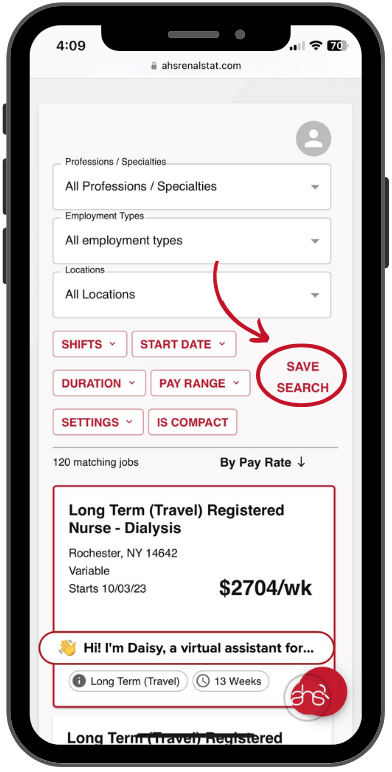For patients suffering from chronic kidney disease, home hemodialysis offers considerable advantages over dialysis performed in a medical setting, a new study suggests.
“Home hemodialysis is a viable option for stable dialysis patients,” said the study’s lead researcher, Dr. Bessie Young, an associate professor at the University of Washington’s Epidemiologic Research and Information Center in Seattle.
But a hurdle exists in terms of acceptance, she and her colleagues found. Although home-based hemodialysis equipment has become easier to learn and use in recent years, the technology is available to less than 2 percent of 500,000 dialysis patients in the United States, said Young.
“Physicians and patients have many barriers to this therapy that need to be overcome with better training and experience,” she said.
Hemodialysis filters waste products from the blood as healthy kidneys would normally do. Undergoing this time-consuming process at home can improve results, increase a patient’s freedom and cut costs, some experts say.
Besides improved quality of life, the benefits of home hemodialysis include better ability to perform nocturnal (nighttime) dialysis and improved survival, Young said.
“However, many dialysis programs have little experience with this modality of dialysis,” she added, explaining that unfamiliarity has slowed adoption.
The report was published online Oct. 4 in the Clinical Journal of the American Society of Nephrology. Young undertook the review to determine the advantages and barriers associated with home treatment.
Most dialysis patients have a grueling treatment schedule that requires several clinic visits a week, each involving a three- to four-hour dialysis session.
Young believes that with extensive patient and physician training, nursing education and support from clinics and hospitals, home dialysis will work for many more patients with chronic kidney disease.
According to Young, the benefits of a home dialysis program include:
More frequent dialysis.
Greater independence.
Lower transportation costs.
Considerable time savings, including less time away from work.
Opportunity for travel.
Cost savings of 20 to 50 percent, depending on the machine.
Obstacles to home hemodialysis, she said, include fear of change and lack of confidence on the part of patients and doctors. “Inadequate” payment to doctors for home hemodialysis training may also deter physicians from recommending a home program, she said.
Some experts say acceptance of home dialysis is inching forward.
“There is more awareness that more frequent dialysis improves the outcome of these patients,” said Dr. Madhu Bhaskaran, medical director of the kidney transplant program at North Shore University Hospital in Manhasset, N.Y.
The kidneys work 24 hours a day, so dialysis done more often helps the kidneys function better, Bhaskaran noted. More frequent dialysis is also better for the heart, he added.
Doing dialysis at home makes the treatment faster and more convenient, Bhaskaran said. “They don’t need to devote their whole life to dialysis,” he said.
Bhaskaran also noted the new machines are easier to use than they used to be, which makes home dialysis workable.
Patient education at a home training center is the key to a successful home program, and round-the-clock on-call nursing support is also crucial, the study authors noted.
Until the patient settles into the new routine, some measure of monitoring may also be needed, the researchers pointed out.
~ivillage.com~


